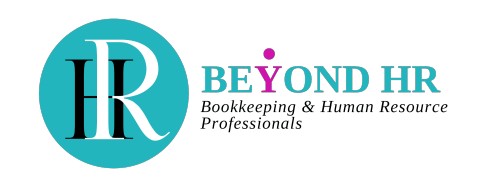Office Life vs. WFH
One of the major perks of going to work is that you get to see and work with your favorite colleagues, there's an abundance of caffeine, and having a workstation where you can focus on your responsibilities makes it all the more convenient to get stuff done. But there's always a downside. Whether it's nosey co-workers who are somehow always involved in everyone's lives or labeling your lunch to prevent that one person from not stealing your food, or the pile of dirty mugs over the sink that no one wants to clean. Either we love it or hate it, that's just office life.
According to Littler Annual Employer Survey 2021, with a sample size of 1000 full-time American workers, 70% reported that they experienced higher productivity and better performance when working from home.
Most of us are returning to our offices after over a year of staying at home and working remotely. However, this does not change the fact that most of us face a hard time readjusting to our lives and routines pre-corona. During a time when all employees across every industry are working remotely from home, the role of Human Resources has become more crucial than ever.
Advocates for Health and Safety
Stepping away from traditional roles like recruiting, hiring, training, and administrating employee benefits – HR departments now find themselves being advocates for the health and safety of the employees in the company they're working for. One of the main challenges of the role of HR is deciding when and who will return back to work and what the experience is going to be like now. Not only is this an operational challenge, but it is also a human challenge. HR must strive to come up with policies and safety measures that actually make their employees feel safe.
Timeline of Return
Even with the development and rollout of multiple vaccines, the world is still not completely COVID-free, and it may not be for a while. As important it is to come up with a return strategy, it’s just as important to have a contingency plan in case there’s an outbreak of infections within the workplace. Outline and explicitly mention what the triggers and responses will be in an attempt to keep your employees informed.
Some organizations have started phasing the return of their employees. Adopting a hybrid system, where each department is assigned days they will be coming to the office, will help limit the damage in case an outbreak does happen.
The employees are segmented according to their roles, skill sets, and their ability to work remotely. It is advised to not force employees to return to work if they are apprehensive or unsure. Utilize employee feedback to amend and revise policies to make the working environment less stressful.
What the Employees Expect from HR
For the sake of employees feeling safe and the business continuing to prosper, employees expect to be informed regarding all the risks involved and what the organization can do in the event of an employee contracting coronavirus. HR is expected to be as transparent as possible and it should aim at creating a system where employees are made aware of high-risk and low-risk locations within the facility. For example, the kitchen pantry and coffee station are commonly used areas by all employees working. The role of HR should include adding information banners and signs in these areas. They should also aim to provide sanitization equipment like antiseptic wipes, hand sanitizers, and a mask dispenser for the employees to use.
The Role of HR
Employers and HR management are all committed to revising and modifying policies to ensure a safe return and working environment for all employees. The following are some key policy recommendations that HR can implement in order to prepare the workplace for employees' return:
Workplace Sanitization
The most crucial part of making the office space safe for return is to ensure that all the necessary precautions are taken to curb the spread of the virus. The installation of hand sanitizer dispensers all over the office, frequent sanitization of common office equipment such as the photocopier, coffee machines, conference room tables, and the likes should be the top priority. It is advised to implement temperature screenings for all and weekly rapid PCR testing of a randomly selected sample of employees to track the safety and wellbeing of all.
Remote Work Policies
While some companies may not be able to accommodate their entire workforce back into the office, it is important to review remote work policies – especially for those roles and job titles that don't necessarily need to be physically present to get their work done. It is recommended to set clear expectations and guidelines for remotely working individuals and provide them with the tools needed for effective communication and cohesion with other departments and clients.
Acknowledging Non-work Stress on Employees
Covid-19 adversely impacted every single individual in its own way. Some lost their loved ones, some lost their jobs, and arguably everyone lost a little bit of themselves from staying home for over a year. It is important for HR executives to acknowledge that their employees are not only stressed out about their work but about their livelihoods as well. Arranging team-building activities and scheduling self-help workshops for your employees will help ease their transition back into their office life.
It's Okay to Seek Professional Help
The thing about mental health is that you never know when it's going to start acting up and bring you down. If the anxiety persists and you are finding it extremely difficult to complete the simplest of tasks, you should try voicing it out to your supervisor and consult a professional.
At the end of the day, the role of HR cannot be understated when it comes to easing the transition between WFH and working back in the office. The policies they implement and the steps they take post the opening up of workspaces will be crucial in the initial stages of going “back to normal.”


Recent Comments